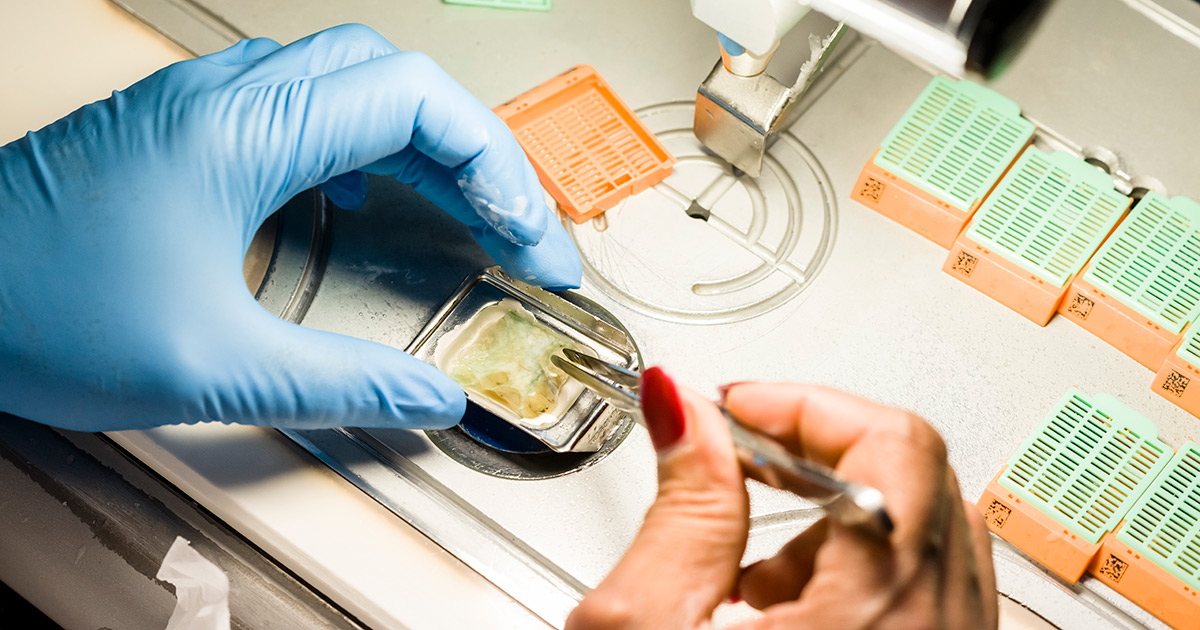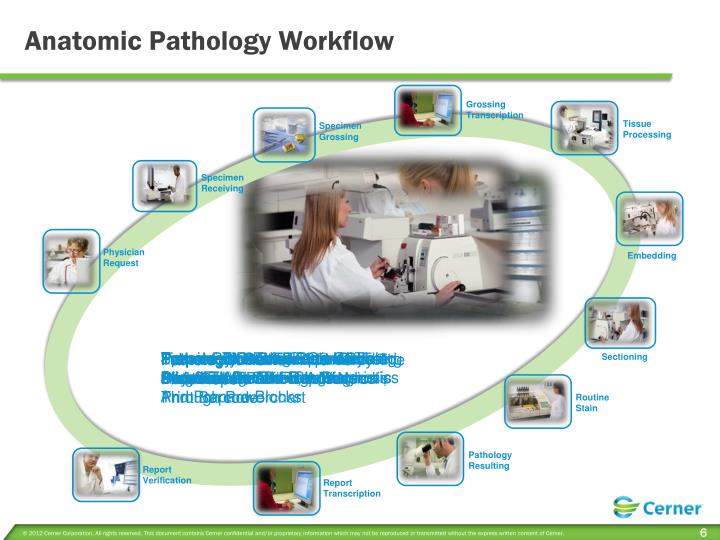

There is a required 12-week Anatomical Pathology rotation at the Saint John Regional Hospital (a large, regional hospital in New Brunswick). PGY4/5: The Forensic Pathology rotation is undertaken in one of the senior years and is eight weeks in duration. PGY2/3: The first 15 months of PGY2/3 consists of a core experience in surgical and autopsy pathology at the QEII Health Sciences Centre. The remaining time in PGY3 includes three 12 week subspecialty rotations in Neuropathology, Cytopathology and Pediatric Pathology. PGY2 through PGY5 - Core and Transition to Practice stages
#Anatomical pathology professional
The first month of PGY1 is a Introductory Transition to Discipline curriculum that allows residents to obtain the Entrustable Professional Activities (EPAs) required by the Royal College Competence By Design training system. This program length meets the Royal College or College of Family Physicians of Canada standard. “And as teachers, they are so enthusiastic.” “All of the pathologists are in one building, there is always an expert down the hall, and they are always willing to share their expertise,” he says. Rasmussen enjoys the collegial atmosphere at Dalhousie and the willingness of people to share their time and their knowledge. “Fortunately, our mentors are well-versed and we work together to prepare the detailed reports for the oncologists.”ĭr. “Molecular pathology is part of our training, although we do not work with it every day,” Dr. Sometimes the microscopic examination does not reveal the necessary prognostic information and this is where molecular pathology comes into play, revealing the genetic variants underlying the disease. We see features that offer predictive clues about the type of disease and how it’s likely to progress-for example, vascular invasion of the tumour or infiltration of cancer cells along a nerve.” “It’s surprising how much a pathologist can determine about the dynamic progression of a disease, even though the specimen is fixed in time. Rasmussen says, adding that no two tumours are exactly the same and each one needs to be approached with fresh eyes. “It is really mentally engaging to examine the subtleties, to look beyond the immediately obvious,” Dr. In any case, the investigation always begins with an examination of the gross anatomy of the specimen, followed by the microscopic examination of paraffin-fixed sections, sliced to a thickness of just four microns. While some cases can be diagnosed accurately in minutes, others can take hours, days or even weeks to figure out. Rasmussen and his colleagues examine are tumours, many of which are cancerous. “For me, the greatest joy comes from taking my time with a mystery, looking and looking at the specimen and doing the research, the thinking, the consultation, to get to the bottom of it.” Rasmussen is in his fourth year of residency training in anatomical pathology at Dalhousie, and loving every minute of it.

Sean Rasmussen to choose residency training in pathology upon completing his medical degree.


 0 kommentar(er)
0 kommentar(er)
